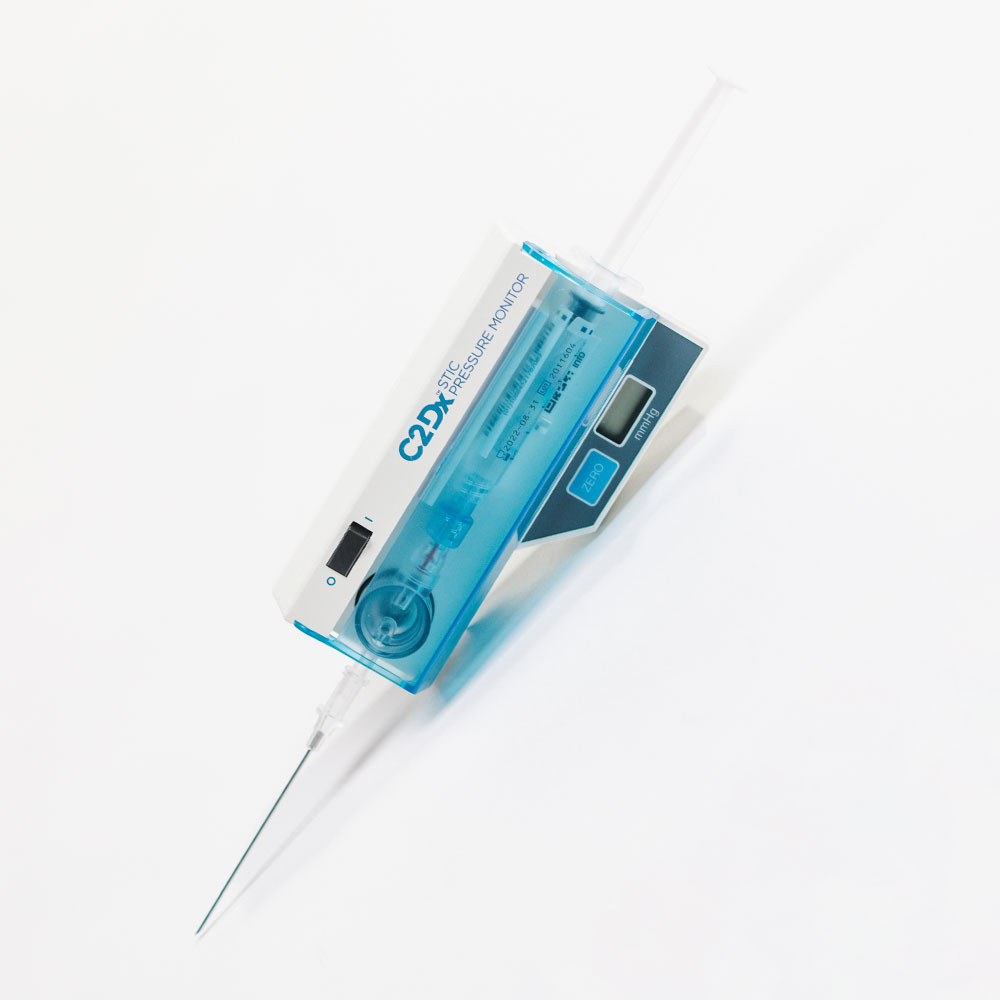C2Dx, home of the STIC IntraCompartmental Pressure Monitor System, is a privately held medical device company dedicated to providing world class products and services to healthcare professionals, while driving costs out of the healthcare continuum.
The company is led by Co-Founder and CEO, Kevin McLeod, with over 20 years of experience in the medical device industry. Kevin assembled a team of medical device industry veterans to continue the legacy of the STIC Pressure Monitor.
C2Dx acquired the STIC Pressure Monitor from Stryker at the beginning of 2019. Kevin stated, “Since its introduction 30 years ago, the product has been cited in numerous articles and papers due to its clinical effectiveness, accuracy, and reliability. While at Stryker, I had the pleasure of being intricately involved with building the legacy and growth of this product and wanted to carry it on.” C2Dx started manufacturing the STIC product line in 2019 in Kalamazoo, MI.
The STIC Pressure Monitor was designed to aid in the diagnosis of compartment syndrome, which occurs when excessive pressure builds up within a muscle space in the body (lower leg and forearm). Compartment syndrome usually results from bleeding or swelling after an injury. This increased pressure within the compartment impedes blood flow to and from the affected tissue. “There are very few emergencies in orthopedicscompartment syndrome is one of them,” said Dr. Christopher LeBrun (Orthopedic Trauma Surgery, Shock Trauma Center at UofMD M/C). There are two types of compartment syndrome, acute or chronic exertional. As acute compartment syndrome (ACS) is commonly caused by fractures or trauma, chronic exertional compartment syndrome is most commonly found in athletes. It can be suspected in any extremity that has sustained high energy soft tissue or bone trauma, arterial disruption, a burn, or limb compression.
“Even when physicians are well-versed in the signs and symptoms of compartment syndrome, the clinical presentation is sometimes indefinite and confusing. The one factor that must be present in compartment syndrome is increased tissue pressure,” stated Thomas Whitesides.
One common diagnostic method is clinically assessing the patient using the 5 P ’s (pain, pallor, pulselessness, paralysis, paresthesia). Statistically, this method performs poorly when used as a diagnostic tool. Studies have proven sensitivity rates as low as 13-54% using this method, when the STIC yielded sensitivity rates of 94%. Additionally, using the 5 P’s as a clinical assessment can be a poor diagnostic tool when the patient is unconscious or unable to cooperate with the physician.
The STIC Intra Compartmental Pressure Monitor System is a convenient, self-contained, reliable unit for both an immediate and/or continuous reading of compartment pressure. The STIC offers several advantages in a compact, versatile instrument and is known for its rapid set-up, accuracy, convenience, and cost effectiveness.
